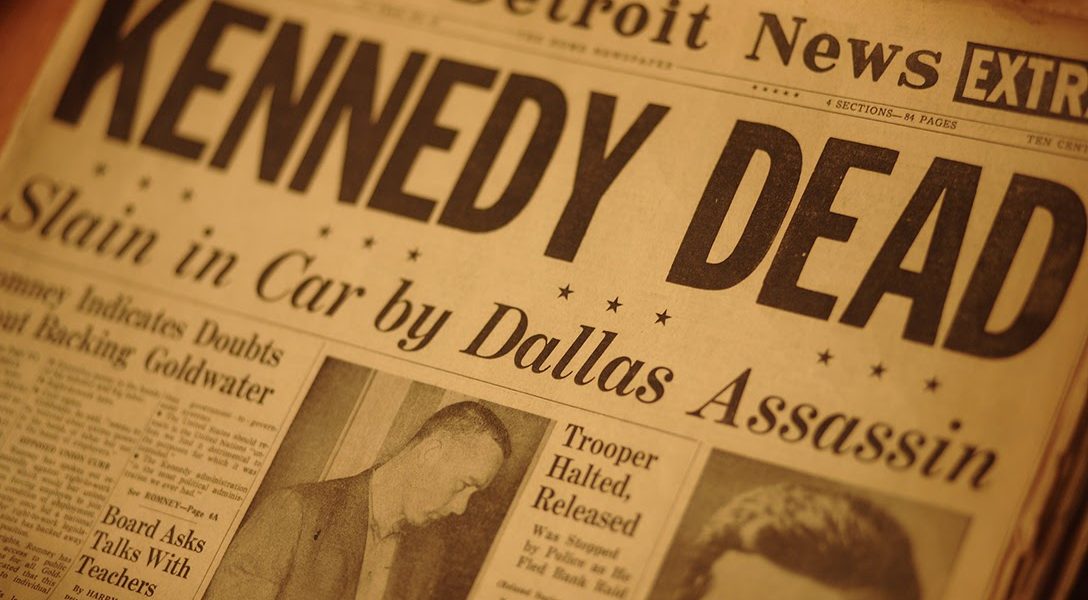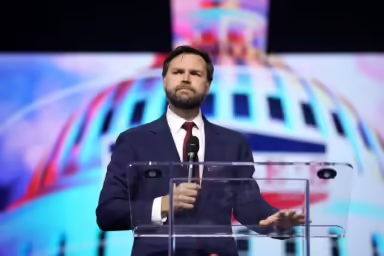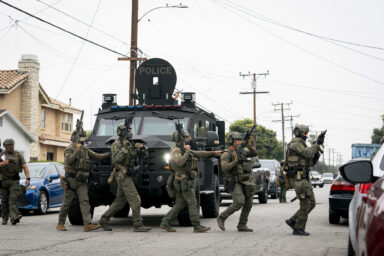While new JFK documents were released last week, hundreds of records remain hidden from public view. What's in them? We will tell you.
|
Listen To This Story
|
It’s a good thing that the US government keeps releasing documents related to the assassination of President John F. Kennedy. Last week, for example, another batch of 1,103 records was made public, which brings the total of documents unveiled by the Biden administration to more than 16,000.
But what about the rest?
The White House noted that 99 percent of JFK records have now been released. However, when taking into account that the total number of documents made public is more than 70,000, that means that hundreds of records are still locked away somewhere — almost 60 years after that tragic day in Dallas.
Why?
To get an answer, we must first turn to Dr. Colleen Shogan, the current Archivist of the United States, who said the rules for disclosure are simple.
“At the National Archives, we believe in the importance of government transparency and the accessibility of information,” she said, adding that the goal of the National Archives is to “ensure that the maximum amount of information is made available to the American people, while we protect what we must.”
That’s not very specific.
A memorandum from President Joe Biden sheds a bit more light on why some documents have not yet been released.
“[President John F. Kennedy Assassination Records Collection Act of 1992] permits the continued postponement of public disclosure of information in records concerning President Kennedy’s assassination only when postponement remains necessary to protect against an identifiable harm to the military defense, intelligence operations, law enforcement, or the conduct of foreign relations that is of such gravity that it outweighs the public interest in disclosure,” the June 30 memorandum states.
That is a bit more useful.
However, to get a more detailed answer as to which documents are still being withheld and why, one has to dig a little bit deeper. Specifically, this information can be found in four letters sent to Biden by the heads of the agencies and departments at whose behest some documents remain sealed: the Central Intelligence Agency (CIA), the Federal Bureau of Investigation (FBI), the Department of Defense, and the State Department.
The president directed each of them to come up with a plan for how additional records can be released “as specific identified harm dissipates.”
In their letters, the heads of these agencies and departments also explain what kind of information they want to keep hidden from the public.
For example, Secretary of Defense Lloyd Austin wrote that none of the information the Pentagon wants to withhold “contains any information related to the assassination of President Kennedy.”
However, the “material proposed for continued postponement includes intelligence sources and methods that are still in use; military defense and foreign relations; elements of active US war plans; and information protected under the Atomic Energy Act of 1954,” Austin wrote.
In a memorandum to Biden, Secretary of State Antony Blinken stated that his department wants to withhold two types of documents.
The first are 11 records that discussed “a joint intelligence program” of the State Department and the CIA that the two are still operating to this day.
“Release of the details of that program, as found in these 11 records, would greatly harm the CIA’s intelligence capabilities and cause extreme difficulties in the Department’s conduct of relations with other documents,” Blinken wrote.
The remaining 20 documents are “not believed relevant” to the assassination but detail a joint program between the State Department and the FBI that was terminated in 1974. However, Blinken argues, “the specific details of its activities would cause serious harm to our relations with several specific countries if released.”
The FBI asked Biden to postpone the disclosure of 487 documents that can be divided into three categories: material protected from disclosure by court order; the names of law enforcement and national security confidential sources who are still alive; and the social security numbers of people who are still alive.
In a letter to Biden, FBI Director Christopher Wray explains that the Bureau would reexamine the documents every other year and release the names of people who had either died or were 100 years old. According to this schedule, Wray said that it might take until December 15, 2042 until all names are released.
In his letter, CIA Director William Burns does not specify how many records the agency wants to keep secret. However, he does note what kind of information he thinks should remain hidden.
For example, he notes that the CIA’s documents related to the JFK assassination “cover mechanisms and facilities, information about particular intelligence operations, foreign intelligence liaison relationships and joint operations, and still-unacknowledged covert action programs.”
Burns argues that the disclosure of this information would demonstrate to US allies and adversaries “the specific means by which CIA conducts its clandestine intelligence missions and will confirm the existence of specific, currently undisclosed intelligence operations.”




